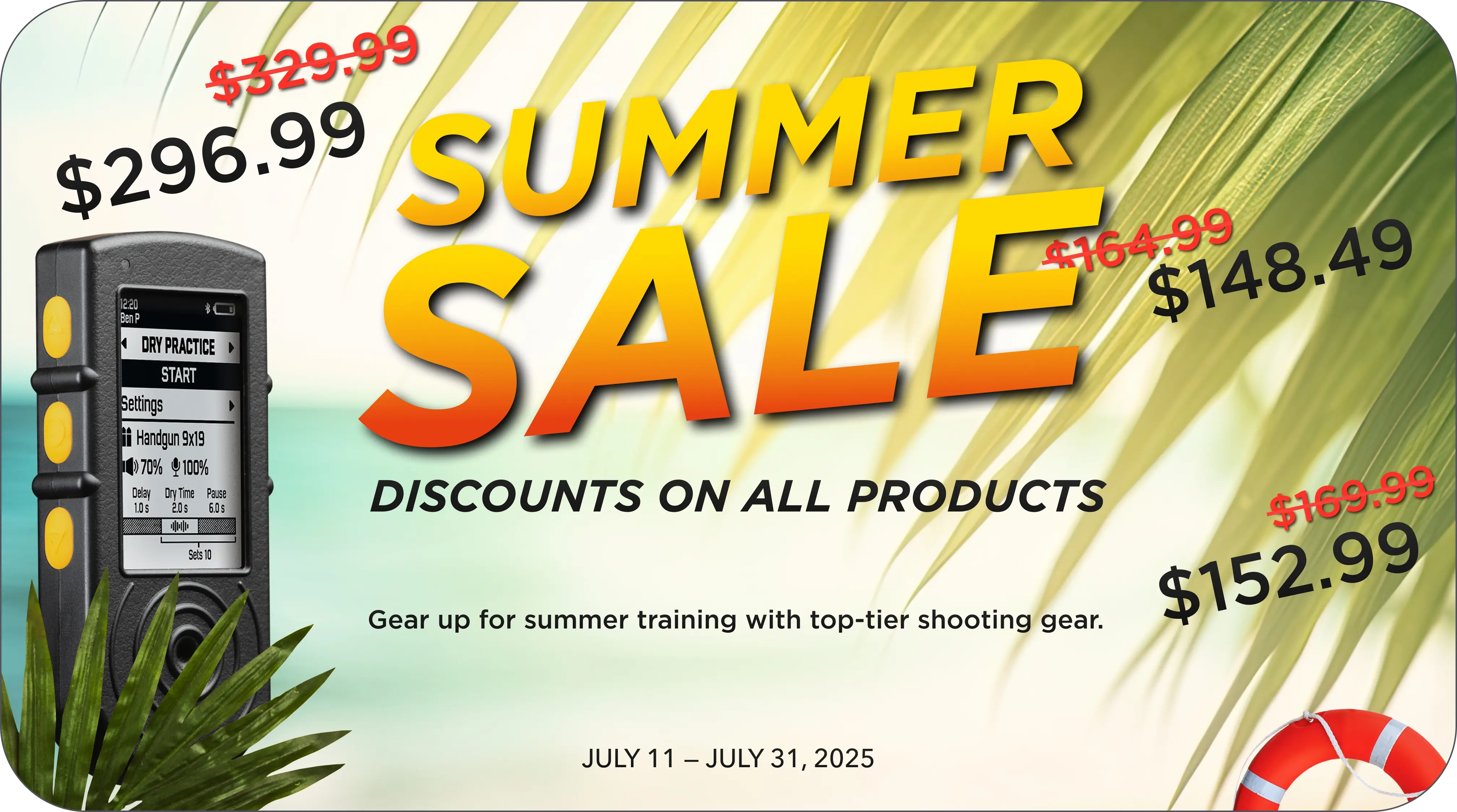Today, we’re discussing the optimal pace for shooting. Early in your shooting journey, you may catch yourself shooting faster than you’re capable of handling. It might feel fast in your head, but the reality is often chaotic. This lack of control leads to mistakes like penalties, misses, or even dangerous situations. While it may seem like speed, it’s not; it’s inefficiency.
Optimal pace varies between individuals. Everyone has a unique rhythm that works for them, and what suits one shooter may not suit another. For me, optimal pace is the speed at which I feel fully in control. During training, I push my limits to make progress. However, in competitions, staying within my comfort zone is crucial to maintaining accuracy and consistency. Mistakes aren’t an option, and being in full control of the situation is non-negotiable.
To shoot at an optimal pace, you need a clear vision of your sights. If you can’t see your sights clearly, don’t pull the trigger. Instead, align your sights, establish a solid grip, and then fire. Slow is smooth, and smooth is fast. When you maintain control, your shooting becomes more efficient. Although it may feel slow, the timer often reveals a faster time because there’s no wasted motion or hesitation.
For instance, shooting three targets with a controlled grip, clear sight picture, and smooth transitions resulted in a time of 1.96 seconds with all Alpha hits. This demonstrates how control leads to better performance. Rushing, on the other hand, often leads to mistakes. In a chaotic run that felt faster, the time was only 0.3 seconds quicker at 1.67 seconds. However, the results showed Charlie and Delta hits, significantly lowering the score. That small time gain wasn’t worth the loss in accuracy and consistency.
The key to improving your performance lies in practicing a higher pace during training and sticking to your comfortable pace in competition. Focus on shooting sooner, not faster. If you aim sooner and enter positions with control, you’ll leave those positions sooner as well. Ensuring your grip and sights are set before engaging a target eliminates unnecessary adjustments, saving time and improving accuracy.
To summarize, the optimal pace is the speed you feel comfortable with while maintaining full control. Push your boundaries during training, but avoid chaotic, spray-and-pray tactics in competitions. Controlled shooting is always more effective.






